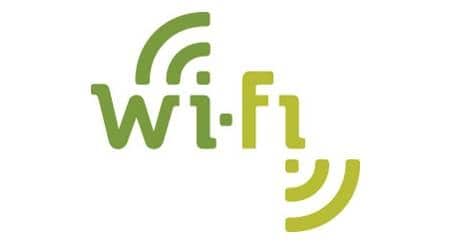XCellAir, an expert in Wi-Fi Quality of Experience (QoE) via a recent study, claims that operators could fail to capture up to $18bn of opportunity cost if they continue to poorly manage unregulated spectrum. The study, conducted in partnership with independent telecoms analyst Real Wireless, shows that poor management of Wi-Fi assets severely limits such assets’ usefulness in dense urban environments where many access points are deployed to serve large numbers of users and large volumes of data.
XCellAir conducted an analysis of 250 live Wi-Fi access points around its offices in Montreal, Canada, modelling common urban scenarios in which public Wi-Fi is in everyday use. The study revealed that 92% of access points do not adjust their operating frequency, no matter how badly performance is degraded by interference. It also found that on average, two channels worth of bandwidth is unused at any given time, despite congestion and interference. Each channel equates to 50MBps of idle bandwidth totalling 100MBps unused. In practical terms, this is enough latent capacity to concurrently stream 25 HD videos, or more than 3000 HD voice calls, said the company.
Based on this, Real Wireless developed a cost model of an operator that ignored these issues, and compared that model against one that could effectively manage interference and spectrum utilization across an operator’s Wi-Fi assets.
Simon Saunders, Director of Technology, Real Wireless
Our study reveals the destructive impact of poor Wi-Fi QoE management in cannibalising valuable network capacity. Carrier Wi-Fi technology is central to supporting most global 4G, and ultimately 5G, network architectures to deliver the best possible user experience.
Narayan Menon, Founder and CTO, XCellAir
It’s important that operators don’t see unlicensed spectrum as unmanageable spectrum,” said . “Wi-Fi offload is already a major technique for operators to increase the capacity of data that they can deal with – but it has been used more as a ‘sticking plaster’ than as an integral part of the network.




















